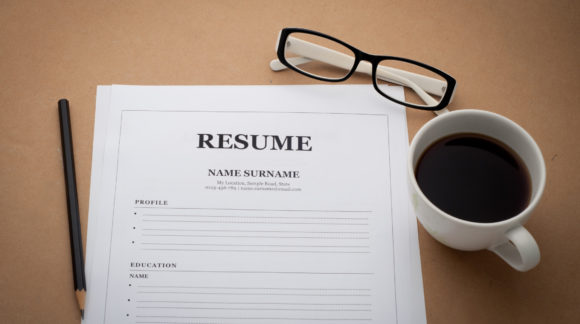How to Write an Excellent Resume

The Basics of Resume Writing
The perfect resume doesn’t exist. Recruiters each have their own pet peeves, and many can’t even agree on the basic best practices of resume writing. Applying to a job involves so many variables it is nearly impossible to set guidelines that will work for everyone.
For example, the recruiting process differs depending on the size of the business. In small businesses your direct supervisor may review potential applications, while in a larger place of business the human resources department may screen applicants. Outlining an ideal resume is difficult because necessary factors vary from job to job.
The best way to win at resume writing is to consider the context clues of the job for which you are applying. For example, if the job advertisement is informal, your resume should use similar language, matching the company style.
The tips below are widely recommended but by no means encompass the golden rules of resume writing.
Layout is Important
The layout of your resume allows you to decide where the reader will linger, giving you the advantage. Use centered headers to break up the page and ensure the layout is consistent from section to section. For example, use the same type of bullet points, fonts and underlining/bolding styles throughout.
Be Upfront with Social Media
A recent Jobvite social recruiting survey found that 92 percent of recruiters will look at your social media profiles if they are considering you for a job. Assuming your social media websites are free from profanity and inappropriate selfies or other pictures, you should make it easy for recruiters to find you by including your Twitter handle and LinkedIn URL at the top of your resume.
Also, before you share your social media URLs with potential employers, ensure they are clear of any pictures or comments that might raise eyebrows. The same Jobvite report indicated that 25% of recruiters interpret selfies negatively.
Use the Right Contact Information
The top of your resume should include your full name, phone number, email address, Twitter and LinkedIn URLs and possibly your city, state and zip code. If you are seeking employment in a location away from home, experts recommend completely removing your address.
Know When to Clean It Up
If you are an entry-level employee, include the work you did in college, such as internships and volunteer work. However, knowing when to remove that material from your resume is equally important. Keep in mind that buzzwords like scholarship, volunteer and intern can create the illusion that you are much younger and less experienced than you truly are.
Spelling and Grammar
Recruiters wholly agree on one thing: your resume should be free of spelling and grammatical errors. Even if you are applying for a position that has zero writing and reading responsibilities, errors in a resume say something about how seriously you took the application process. Use a spellchecker and have someone else proofread your resume. When you think your resume is in final format, read it aloud to help identify mistakes.
Remember, your resume is crucial to landing that job you want. An employer has hundreds of resumes to look at. Make your resume standout; make it convincing to that employer, you’re the person for that job.
Additional Resources
- The Best 5 Professional Resume Services on the Internet, by top5resumewriters.com
- How a Pro Transformed my Crappy Resume to an Excellent One, by businessinsider.com
- How to Write a Great Resume and Cover Letter, by extension.harvard.edu
- How to Write a Great Resume for a Job, by Kristia Ludwick
- How to Write a Great Resume Objective, by livecareer.com
- Resume Guide, by careeronestop.org
- How to Write a Resume: The Summary Section, by resumagic.com
- What is the Best Resume Format, by standout-strategies.com
- Chronological Resume vs. Functional Resume, by eiu.edu
- How to Write a Resume: Resume Tips, by monster.com
- Resume Guide for Teachers, by DePaul University Career Center
Videos
- How to Write a Resume-The 5 Top Tips, by The Interview Guys
- How to Write a Resume, by Gloria Dixon Campbell
- How to Write a Resume/CV with Microsoft Word, by NanoTechTips
- Resume Tutorial, by Cameron Cassidy
- Resume Writing Tutorial, by ed.ted.com
- Resume Writing, by USA.JOBS.gov
Education
- Professional Resumes, by ResumeWritingGroup.com
- Resumes and CVs, by careeredicatopm/Columbia.edu
- Resumes, by yale.edu
- Resume Workshop, by owl.english.purdue.edu
- Recommended Books for the NCRW, by The National Resume Writer’s Associaltion
Books
- How to Write a Resume, by Raiden Steven
- Resumes for Dummies, by Laura DeCarlo
- Knock ‘em Dead Resumes, by Martin Yate CPC
Apps
- Resume App, by Vurgood Applications, available on iTunes for a fee
- Resume Producer, by Maxwell Software, available on iTunes for a fee
- Resume Express, by Bahar Sevinc, available on iTunes for a fee
- Pocket Resume, by Mani Ghasemlou, available on iTunes for a fee
